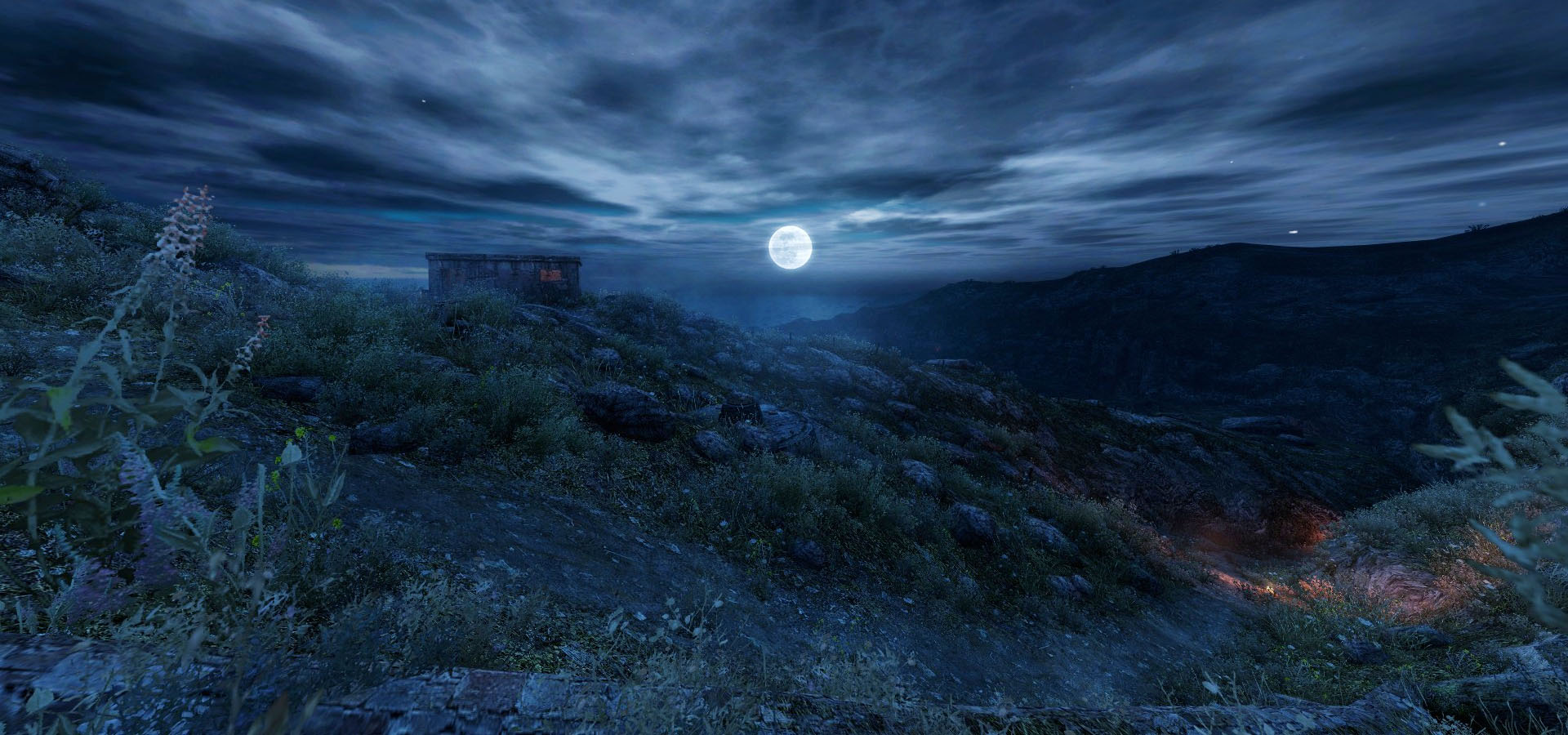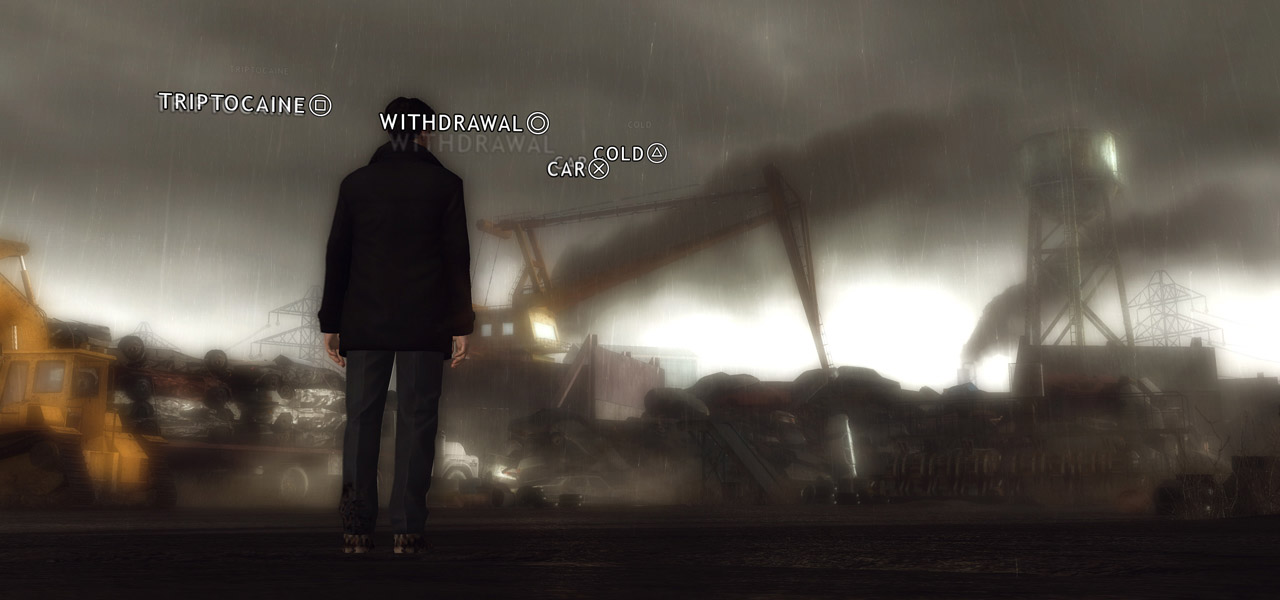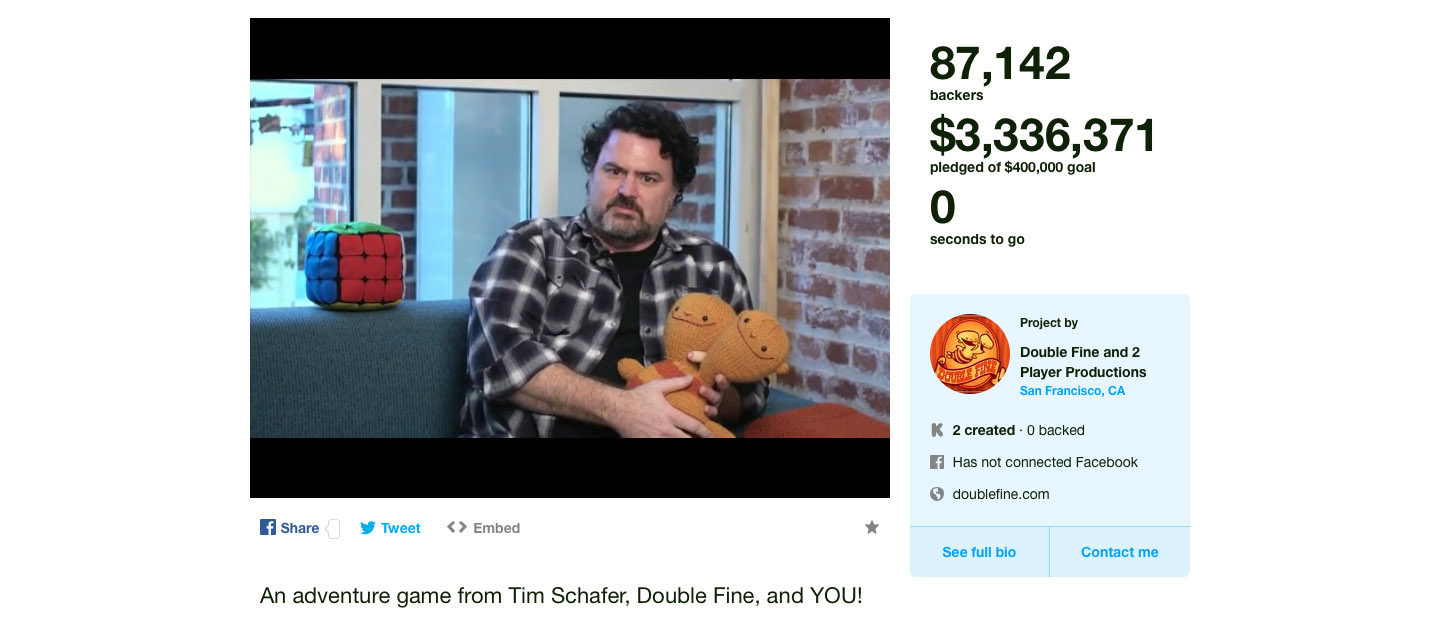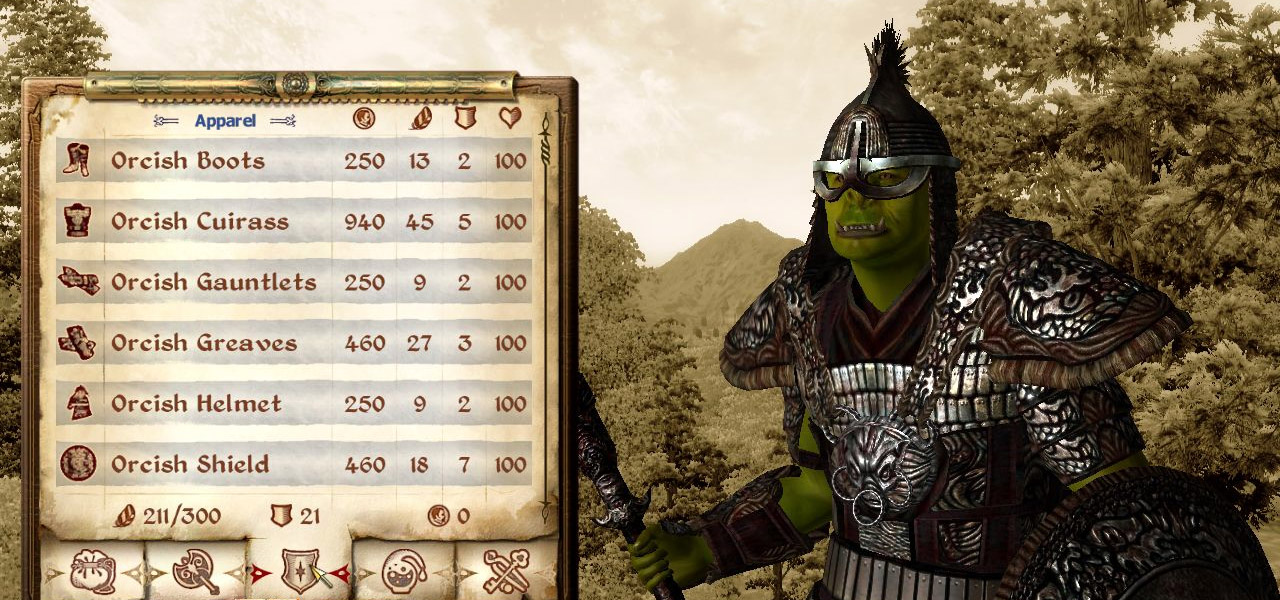
The Cargo Cult of Game Mechanics
Form without Function
There's been a lot of fuss about gaming and gaming culture lately, in particular the nature of gaming journalism. Don't worry, I'm so not sticking my face into that particular beehive. However, I do agree the conversation around gaming is crap, so instead I'm posting the kind of opinion piece I wish I'd see on credible gaming sites, as someone who actually knows how the sausage is made.
But is it Art?
Gamers like to talk—or argue—about graphics, frame rates, physics, hours of play time, item variety, models, textures, downloadable content and microtransactions, and so on. There is a reason the Glorious PC Master Race and the Console Wars are memes. If games are art, if it's a grown up medium, why do we fuss about trivialities so much? You don't debate high literature by critiquing the paper stock or chapter length.
Well because production values are important for immersion. Details and performance really matter. However when we treat games just as mechanical live pictures, we're missing the point entirely. It's confusing form with function. In The Dark Knight, Heath Ledger's Joker should look the part, but he'll be 10x scarier and more interesting once you understand how he operates and thinks. This seems obvious in film, yet not in gaming.
Even "artistic games" like Dear Esther are often criticized for superficial mechanics (or lack thereof), not for what they set out to do. The question isn't whether Dear Esther is just a walking simulator. It's whether it's anywhere near as engaging as walking around a real place, like a park or a museum. If it fails, it's not because there aren't any puzzles. The Anne Frank House in Amsterdam does not require puzzles. It does have a secret passage but the only achievement you get for finding it is sadness.
…
Yup, that awkward pause is where the "gaming as a serious medium" debate usually hangs, and it leaves the conversation severely deadlocked. Trying to add gamified elements for the heck of it, to make a gamier game, rings hollow and does not get us any closer to credibility.
The popular alternative is to simply adopt the current forms of Serious Media. To make a game more like a movie or a book, whether blockbuster or arthouse. It generally involves taking away choice, using scripts instead of simulations, with mini-games and quick-time events thrown in to amuse your hindbrain. It's tacitly saying that real storytelling, real human comedy or tragedy, can't happen while a player is in control. It's non-sense of course, plenty of games have done so before.
Somehow though we've forgotten how to do it, and I don't think I'm alone in thinking this. This existential crisis was perfectly embodied in indie gem The Stanley Parable, a post-modern tale of choice. It's a game about playing a game, constantly breaking the fourth wall. There's recursive gags, self-parodying achievements, 'victory' conditions that require you to quit the game, and other surgical strikes at typical gaming habits. It garnered critical praise from gamers and journalists alike, playing like a love-hate letter to its audience: at times cooperative and happy, other times sardonic and sadistic.
I'm pretty sure The Stanley Parable is Art. There's just one thing bothering me. It doesn't actually offer you any choice. The game is an admission of defeat.
Choice is of course a tricky concept, that was the whole point, so let me be more specific. You could feasibly make a 100% Let's Play of Stanley Parable, covering all the branching paths, and turn it into a sort of Dragon's Lair on Laserdisc. It would lose little in translation, most of the gags would still work. It's not a game about your choices, it's still just about watching theirs.
Live in Your World, Play in Ours
If you're looking for someone to blame (you know, in general), it's easy to point to the incestuous industry. Games are big business and cost a ton to produce. The primary purpose of talking about games is to sell things to gamers, in a market that moves very fast, saturated with product. Hence brands and franchises compete over the attention of customers, preferably through lock-in. It goes beyond ordinary sales, and includes pre-orders, season passes, virtual marketplaces and other monetary aids. Be sure to use a condom.
For several years now though, there has been a counterpoint: the wave of DRM-free indies, Humble Bundles and the wild success of Kickstarter. Notably, industry veterans Tim Schafer and Brian Fargo, known for beloved classics like Monkey Island and Wasteland, each held out their hats and promised to bring back the glory days of old. Gamers rewarded them in spades. Budgets ballooned from a few hundred thousand to several million, spawning further spinoffs. Chris Roberts of Wing Commander fame did even better. He kickstarted Star Citizen to the tune of a few million, but continues to raise funds today with virtual goods and perks for the future game. It now exceeds $50 million in backer funding.

If I were cynical, which I am, I would say a bunch of people have spent hundreds of dollars each on virtual assets with no guarantee they'll ever work as promised. This is the power of nostalgia mixed with in-engine mockups, and it's clearly very good business. Don't get me wrong, I've funded a few games on Kickstarter too, below retail. But what comes out of these projects is raising some eyebrows, with hype, delays and cancellations galore. I think it points to a deeper issue altogether, driven by games but not limited to gaming.
On the surface these developers are giving their fans exactly what they want. Something they already love, modernized and expanded, with early access and feedback. You cannot fault the creators for this. Rather, I think the problem is that gaming fans don't know what they want. It's a know it when I see it kind of affair. So they just ask for more of the same instead, again confusing form with function.
There's an elephant in the room. Everybody does it to some degree, but it's somehow shameful.
Compulsion.
It's even more obvious when you consider that the easy money in gaming isn't actually to bankroll a $200 million console blockbuster, half of which is probably marketing. Rather, it's to put a carefully tuned slot machine under the noses of as many people as possible, like say, a free-to-play smartphone game. With lots of push notifications and time locks, using fictional hooks to create personal investment and a sense of false scarcity. People pull their phones out in elevators and on the toilet, multiple times a day. It's guaranteed brain share if you get in, so much easier than convincing everyone to fork out $50 once, let alone monthly.
The real target audience is a small minority of whales—compulsive users—to buy the virtual currency and goods you mint at will. They subsidize the free users, who in turn provide word of mouth on social media. It's gambling and addiction, by any other name, only now people are betting real money against fake money, so it's legal.

Most gamers are familiar with the "one more turn" itch of strategy or puzzle games, the desire to open every chest and read every log, the zombiefied stares at LAN parties. It's a common trope to be obsessive, but gamers are generally self-aware about it. We don't mind wasting time if it's fun, that's the point, and it gives the Youtubers something to do.
But the Skinner box is still real. Too often we see products that seem to consist mainly of compulsive triggers. Where the developers built a guided theme park ride with only the promise of cake at the end. They set out a generic progression tree and loom a nebulous threat overhead that can only be beaten by a fully armed and operational Level 80 Battlemage. Between you and the end stand a thousand foes and a bunch of fetch/build/shoot/escort quests. Everything will be perfectly scaled to offer the permanent illusion of a challenge you can barely win, and are constantly forced to work for.
I think this kind of game design stems from a fundamental misunderstanding, willful or not, of how games are supposed to work. It's cargo culting the patterns of games and game mechanics, without considering what they're for. Which is the point I'd like to get to.
But first, there's still the elephant.
See, the way these shady free-to-play games work... if we're honest, it kinda matches how Kickstarter plays out. Dramatic concept art. A beloved NPC in need. An XP bar to fill. Stretch goals to level up. Massive online multiplayer with social media tie ins, rally your friends. Plus of course, unlimited alpha and beta testing until release, bankrolled by you, with additional paid perks along the way.
With the risk of stating the obvious, but it's more on point than ever: these things are run by game designers, for gamers. No, put away the tin foil hat. I simply want to suggest that what draws people into these projects bears little relation to what comes out at the end, a release which is merely a coda to a multi-year event. That it is no more about game development than Mario is about saving princesses. That maybe Kickstarter is a sequel to Twitter, the world's #1 video game.
It shows in the lack of polish and sophistication in the games that do manage a release, which reviewers and fans consistently gloss over or forgive. Yes I'm getting into taste territory here, but let's look at it objectively. Repetitive shoot em ups that merely consist of dice rolls and numbers going up. RPGs with fenced off wax-museum towns. Meticulously painted backdrops that belie the lack of depth. Or alternatively, pixel art and chiptunes.
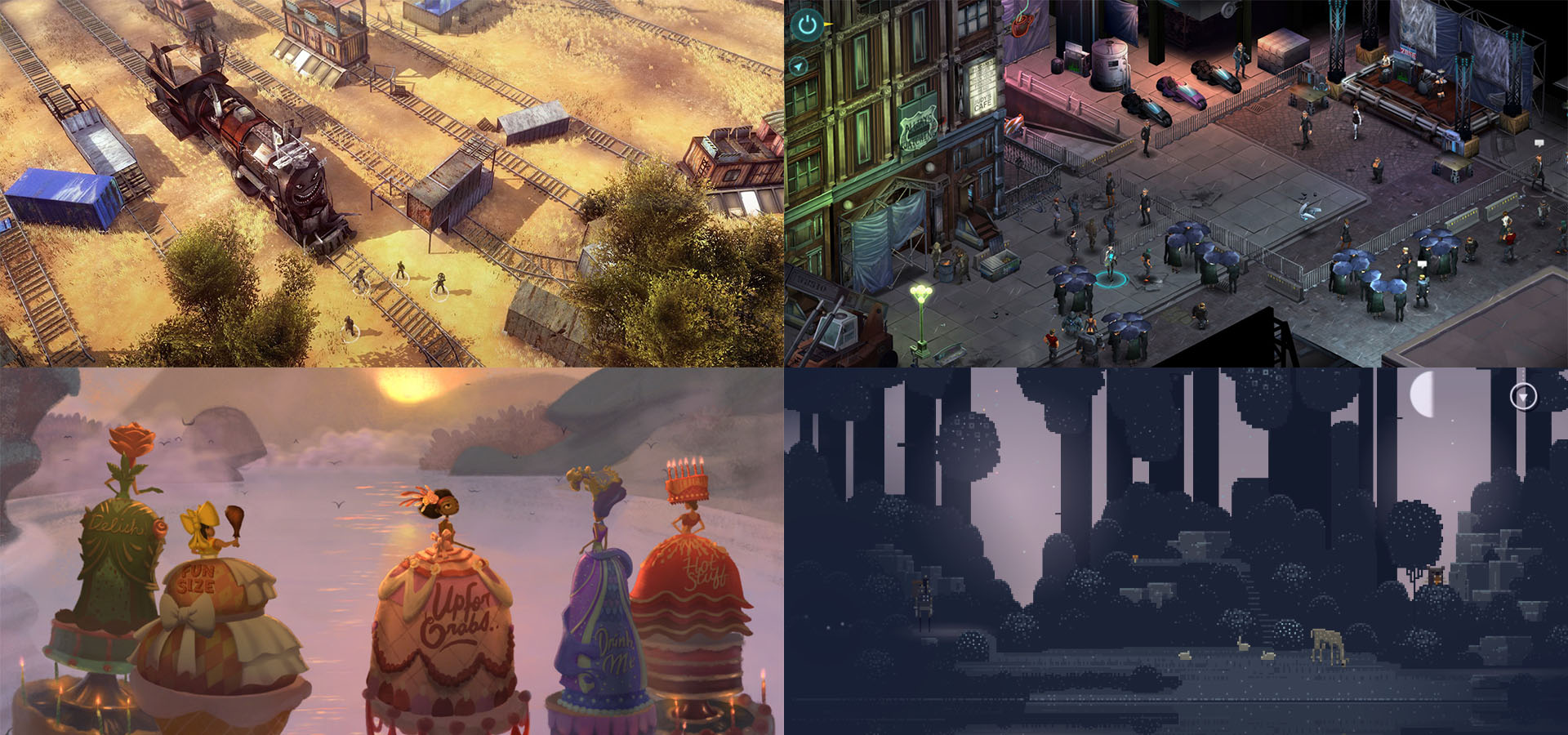
On the surface these games have all the trappings of the classic gaming age, remade in widescreen HD or quirky indie glory, but they lack lasting power once you stop playing. Far from evolving the real classics, of which there are admittedly not actually that many, we've regressed and turned them into caricatures of themselves, mistaking technical limitations for a lack of ambition.
The Carrot and the Stick
If at this point you think I'm wearing rose-tinted glasses so fabulous I'm farting rainbows, allow me to convince you otherwise. I'm not pretending that classic DOS or NES games with giant clunky controls were the height of interaction design, or that early 3D wasn't butt-ugly in retrospect. Features like hint systems and autosaves are nice. Rather, there's a reason people continue to cite the same few classics.
Fallout, Freespace, Outcast, Master of Orion, Rollercoaster Tycoon, System Shock, Thief and Torment are still high points in gaming, and it isn't because they were/weren't Art, or are/aren't crappy by modern standards.
To this day, each of those games presents an understandable, flexible sandbox. They offer you a world with consistent rules, letting you figure out the mechanics to face the game's challenges your way. You explore environments at your own pace, build at your leisure, and you're driven forward because you want to, not because you have to. Compulsion is a side-effect of existing motivations, which naturally result from actively participating in the game world.

If I go through an airlock in System Shock 2, it's because I need what's on the other side of it, and I hope to return alive from it. The game presents a choice and then dares me to take it.
If I go through an airlock in Mass Effect 3, it closes permanently because everything looks the same and too many players got turned around in testing. There is never a reason to go back. The game presents a mistaken illusion of freedom and has to clamp down to fix it.
When I jump down an abandoned shaft at the start of a Thief mission, the game puts me with my back against the wall: I cannot go back the way I came, the only way out is through. It's a wonderful bit of tension, justified with ambient environmental design. It also splits the mission into three natural acts: arrival, goal and departure.
When I finally reach the ancient treasure in Oblivion, buried deep within a massive mountain, I discover the dungeon had a service entrance all along, and I emerge back outside 15 seconds later.
Corridor shooters with random chest high barriers, indestructible plot armor, keys hanging next to locks, breadcrumbed objective markers, one-way quick travel or chutes, rock-paper-scissors busywork, teleporting AI... these are all just symptoms of a broken game world, which needs dramatic patch jobs to make basic gameplay not fall apart. If a level designer locks a door with the Red Key, they're just putting a meaningless fetch quest in your path to keep you busy. If they put two elite guards and an alarm there instead, now you have the opportunity for improvisation and consequence. That can only happen when there's options beyond "Use Shotgun on Face" and you've been given space and time to get confident about it.
Instead, many games are explicitly structured in a linear, inflationary manner. What you do at level 50 is mostly the same as level 5, only now the numbers are 10× larger, and you shoot blue instead of green.
The role of game mechanics should not be the oppressive tyrant telling you to fetch and grind and be thankful for your crumbs of XP and DPS as the scenery blazes past. It should be an à-la-carte menu of options which is opened up for your benefit and at your direction. Slow enough that you can get familiar with each element in turn, but fast enough not to frustrate and limit. Unlockables and crafting should be a way to enable new abilities, not just busywork. Level ups should let you specialize in certain tactics, not just keep up with the Joneses who all bought new glass armor and plasma rifles overnight. Compulsion is just a stick, not the carrot.
Ironically I think it's the technical limitations of classic games that often played to their advantage and which modern remakes in particular are screwing up. The spartan graphics served to highlight the mechanics, instead of needing focus rings and prompts. The lack of voices and mocap forced the writing to carry the story. When you can't conjure up massive vistas at will, there's no point in making the player cross giant cities and wastelands. When the entire world is just isometric sprites, it's practical to let the player destroy all of them. For a while there was a really good match between the complexity of the game world and the way it was represented, and I don't think it's a coincidence that this window is where we find many beloved gaming classics.
What might now seem like broken mechanics often had significant effects on gameplay. An amnesiac guard that can't climb ladders has a similar effect as regenerating health: it makes it easier to run away. Except only one of those requires the player to learn their surroundings. Circle strafers had a surprising amount of non-linearity and involved much more acrobatics than FPSes today, and the passive AI of early RTSes acts similar to modern shooter enemies, which don't engage unless you've spotted them.
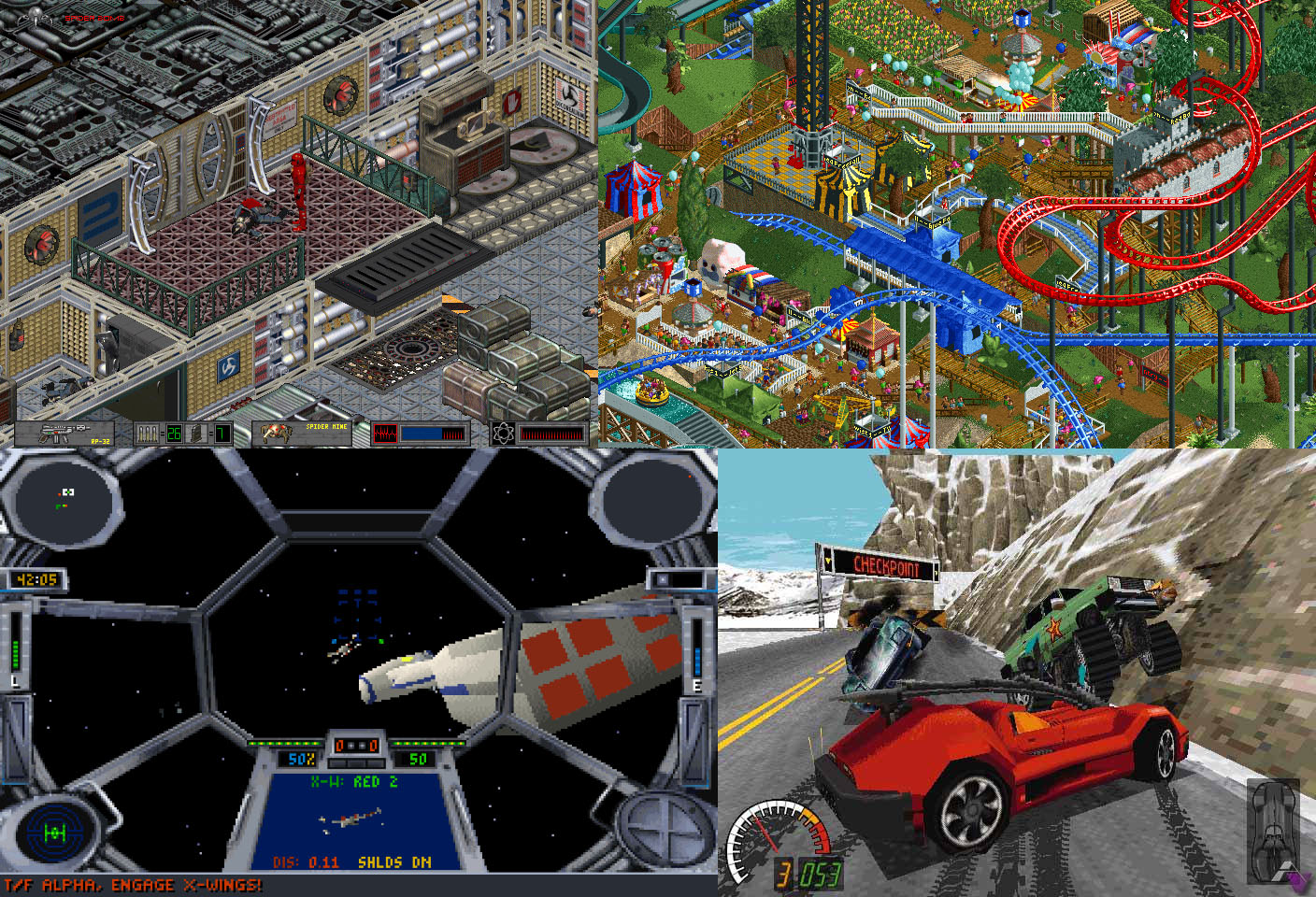
Gaming is ultimately about forgetting the rules of reality and adopting a whole new set. Realism doesn't matter, whacky rules can be fun, as long as they're consistent and interact in interesting ways.
For modern games to evolve to match their now deceiving superstar looks, to move beyond progress bar quest and animated puppets with voice boxes, significant advances have to be made. We need real sandbox simulation, autonomous agents and language-capable AI, and it's not as easy to deliver as another sequel or reboot, mainstream or otherwise. It requires building a game that's meant to be played rather than just reacted to.
I just hope enough people remember what actually made the classics work.
